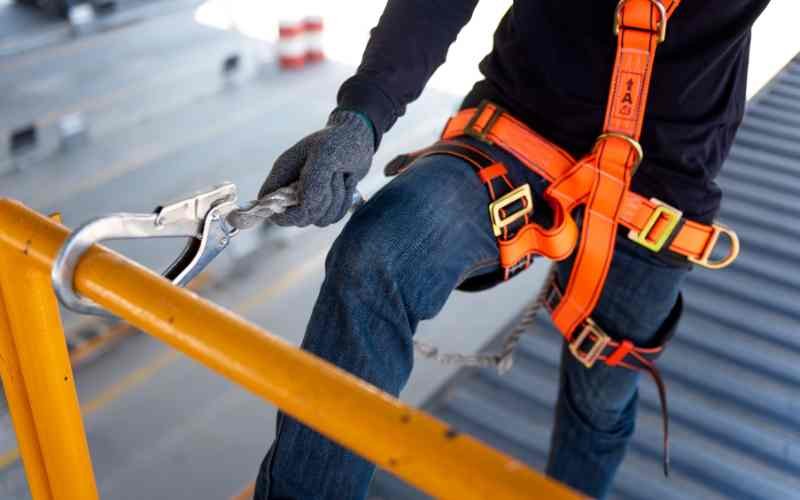One of the essential elements in construction is scaffolding. It’s a temporary structure used to support workers and materials during the building, maintenance, and repair of a structure. It also ensures the safety of workers on the site and enhances the efficiency of the project.
There are different types of scaffolding used in construction, depending on the type and height of the building being constructed. Here are some of them:
- Tube and Clamp Scaffolding
Tube and clamp scaffolding, also known as steel scaffolding, is the most common type of scaffolding used in construction. It consists of steel tubes that are connected by clamps to form a framework. The tubes come in different lengths, and the clamps can be adjusted to fit the specific needs of the construction project.
One of the advantages of tube and clamp scaffolding is its versatility. It can be used for various construction projects, including painting and building or maintenance work. It’s also highly durable, making it a good choice for long-term projects.
2. Masonry Scaffolding
Masonry scaffolding, also known as bricklayer scaffolding, is an essential component on construction sites, providing a safe and sturdy platform for workers to perform tasks at elevated heights. According to experts, masonry scaffolding is typically a supported scaffold that consists of a metal frame with planks inserted.
Such planks serve as both a work surface and a ledge for workers to stand on. The key elements of masonry scaffolding design include standards, ledgers, braces, putlogs, and boarding planks.
3. Suspended Scaffolding
Also known as swing stage scaffolding, suspended scaffolding is used for construction projects that involve working on the exterior of tall buildings. It consists of a platform that is suspended by ropes or cables from the roof of the building. Workers can move the platform up and down along the exterior of the building using a motorized system.
Suspended scaffolding offers a safe working environment for workers, as it eliminates the need for ladders or other tools that can be unstable at high heights. It can also be used for cleaning, painting, and maintenance work on tall buildings.
4. Trestle Scaffolding
Also known as foldable scaffolding, trestle scaffolding is commonly used in construction projects that involve interior work, such as painting, tiling, or electrical work. It consists of a platform that is supported by two or more A-shaped trestles made of wood or metal. The platform is typically made of wooden planks that are supported by steel or aluminum frames.
Trestle scaffolding is versatile and easy to assemble, making it a popular choice for small-scale construction projects. It’s also highly portable, as it can be disassembled and moved from one location to another.
5. Cantilever Scaffolding
Cantilever scaffolding is used when it’s impossible to have vertical support, such as when working on a single-story building. It uses needles and projections to enable workers to reach areas that otherwise are impossible to access. That said, it is commonly utilized in construction projects that involve working on the exterior of a building, such as painting or maintenance work.
Cantilever scaffolding consists of a series of vertical and horizontal tubes that are anchored to the building. Workers can access the platform using ladders or stairs.
Cantilever scaffolding is highly durable and can withstand the weight of heavy materials. It is also designed to provide maximum safety for workers, with guardrails and toe boards to prevent falling from heights.
Get in Touch With Your Trusted Scaffolding Company Now!
The various scaffoldings used in construction have different applications and benefits. Whether it’s tube and clamp, masonry, suspended, trestle, or cantilever scaffolding, contractors should choose the right system to ensure maximum safety and efficiency on the job site. The type of task, wage budget, and site environment are key considerations when selecting a scaffolding type.
Safety is of utmost importance in scaffolding, and regular inspections, adherence to load capacity guidelines, proper clearance between planks, and the installation of guardrails are necessary to prevent accidents. While scaffolding offers numerous advantages, such as enhanced access and precision work, it must be assembled using the right materials and precautions to avoid potential dangers.
For questions or more information, don’t hesitate to reach out to your trusted scaffolding company today. They can undoubtedly respond to your queries and assist you with your needs.










